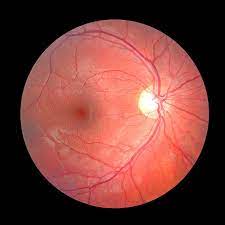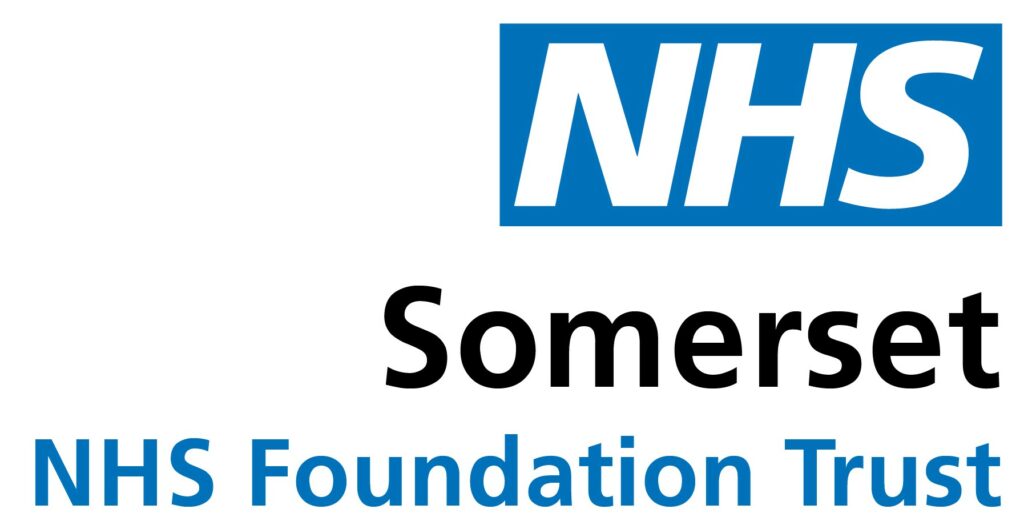Glaucoma


Glaucoma is an eye condition characterised by loss of vision due to damage of the optic nerve. The optic nerve carries images to the brain, and any damage to the nerve results in damage to sight.
Usually, but not always, the damage occurs because pressure within the eye increases and presses on the nerve, which damages it.
Although there is no cure for glaucoma, it can be effectively managed and glaucoma sight loss minimised.
We are experts at controlling the effects of glaucoma on eyes through innovative treatments and experienced clinical care.
The term ‘glaucoma’ actually covers several different conditions;
Chronic open angle glaucoma:
The most common is Chronic (primary open angle) glaucoma. This form usually affects both eyes and develops slowly so that loss of sight is gradual. There is no pain, redness of the eye or dramatic change in vision.
Angle closure glaucoma:
With acute angle closure glaucoma, there is a sudden increase in the pressure within one eye. Acute glaucoma symptoms include the eye becoming red and painful. Often, there is mistiness of vision and episodes of seeing haloes around lights. Slow developing types of angle closure also occur and require careful assessment.
Sometimes, other diseases of the eye, such as uveitis (an inflammation in the eye), can cause a rise in the pressure within the eye. This group of conditions is called secondary glaucoma. There is also a rare type of childhood glaucoma (congenital glaucoma), which affects young children due to an eye abnormality at birth.
Glaucoma symptoms
Glaucoma signs and symptoms typically develop over a period of years and are often detected during routine eye checks. The initial signs of glaucoma tend to be diminished peripheral vision, with both eyes usually being affected.
Chronic glaucoma symptoms:
There are usually no symptoms with chronic glaucoma because it occurs so slowly. People with this type of glaucoma often do not realise that their sight is being damaged until it is too late. This is because the first part of the eye to be affected is the outer field of vision (peripheral vision). This often means that vision is lost from the outer part of one’s field of vision, slowly working inwards towards the centre.
Changes in vision are often linked to getting older, which is why regular eye checks are so important. It is recommended that people who are over 40 years of age have an eye test every two years.
Acute glaucoma symptoms:
Due to the rapid development of acute glaucoma, the symptoms are often severe. They include;
- Intense pain
- Redness of the eye
- Headache
- Sore, tender eye area
- Seeing halos, or ‘rainbow-like rings’ around lights, and misty vision
- As a result of these symptoms, some people may experience nausea and vomiting.
The symptoms of acute glaucoma are not constant, and they can last a few hours before disappearing again. However, each time the symptoms occur, your vision is damaged a little more. It is important that you ask for medical evaluation straight away if you experience any of the above symptoms because early treatment can prevent further glaucoma damage from occurring.
Although it is not possible to reverse any vision loss associated with the condition, several glaucoma treatments can be recommended to you to prevent any further effects. Glaucoma medications may be prescribed to you, including special glaucoma eye drops.
Laser treatment for glaucoma is an effective option for patients with early stages of open-angle glaucoma. The glaucoma laser surgery procedure takes approximately 15 minutes, helping to allow fluid to leave the eye more easily.
Surgery may be required if other methods fail to control the problem. Many types of glaucoma surgery exist. Choosing between these operations requires surgeons who are experienced in multiple techniques and familiar with the latest research into new methods. The traditional type is known as trabeculectomy. This glaucoma operation involves removing a part of the outer coating in the eye. This makes it easier for fluid to drain and lowers pressure within the eye. Other types of surgery may involve insertion of a very fine tube into the eye to drain the fluid.
- Consultants who work in this service: Mr JD Rossiter, Mr A Hustler
- Glaucoma Service Lead ; Susan Bryan ( Optometrist)
- Team Involved ; Julia Devine ( Lead Orthoptist) Laura Darley (Orthoptist) Amy Lang (Orthoptist) Edward Farrant ( Optometrist)
- Damien Reavey ( Optometrist) Louise Wright (Nurse Practitioner)
Virtual appointments are held in multiple off site locations including our new centre Harrison House 01823 368530.
At virtual appointments a series of diagnostic tests are performed by ophthalmic technicians, the results are then reviewed by clinicians and results sent to the patient by post at a later date.
Useful reading can be provided by ;
 glaucoma.uk
glaucoma.uk
